I’ve always seen backlinks as digital endorsements, votes of confidence from other website owners that signal to Google you’re publishing valuable content. Over the years, I’ve built backlink strategies that raised organic rankings, increased referral traffic, and delivered real results for my websites. This guide walks through everything you need to know about backlinks in 2025 and beyond.
1. What Are Backlinks?

A backlink is simply a link from another website to yours. Google treats each backlink as a vote, helping it assess the authority and trustworthiness of your pages.
How Google Uses Backlinks
From Google’s early algorithm days, backlinks have been ranking signals. While the landscape has changed, quality backlinks still carry significant weight. When high-authority websites link to your content, it boosts your trustworthiness in the search results.
2. Why Backlinks Still Matter in 2025
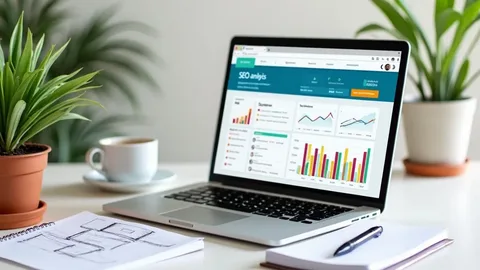
They Help Search Engines Discover Your Content
Search engine bots follow links to find new pages. If your site lacks internal and external links, it may not even show up in the index.
They Improve Your Rankings
Quality backlinks help Google understand your page is popular and valuable. For example, after securing three backlinks from respected marketing blogs, one of my guides climbed from page five to page one in two months.
They Drive Referral Traffic
Beyond SEO, backlinks bring real users from related sites. I get consistent traffic from a single backlink on a niche roundup where my guide was featured.
3. Types of Backlinks
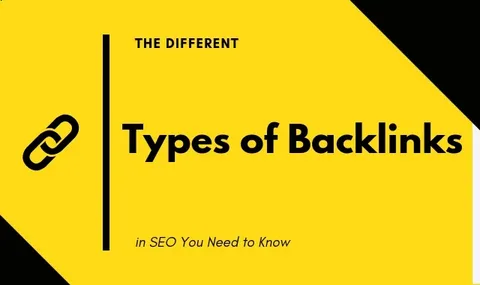
DoFollow vs NoFollow
- DoFollow links pass SEO value (PageRank).
- NoFollow links don’t pass PageRank, but they still drive traffic and contribute to link diversity.
Natural vs Manual vs Self-Created
- Natural links occur without outreach; someone finds and links to your content.
- Manual links are earned through outreach, partnerships, or contributions.
- Self-created links are ones you add on forums, directories, or comments, which Google often discounts. Get a detailed guide on types of backlinks.
4. What Makes a Backlink High-Quality?
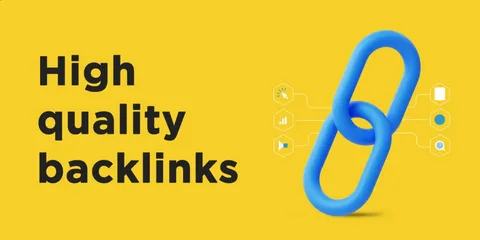
Domain Authority of the Linking Site
High-authority sites like news outlets or niche leaders carry more weight. I prioritize backlinks from authoritative and relevant sites rather than chasing high-DA links with no topical relevance.
Relevance and Context
A backlink from a related site, like a digital marketing blog linking to my SEO guide, is far more valuable than a generic link. I once earned a backlink from an analytics tool blog by writing a comparison post; that single link led to ranking and traffic gains for several keywords.
Anchor Text Optimization
Descriptive, natural anchor text helps Google understand your page. I avoid over-optimized exact-match anchors—opting instead for phrase-based or branded anchors that feel natural.
5. How to Earn High-Quality Backlinks
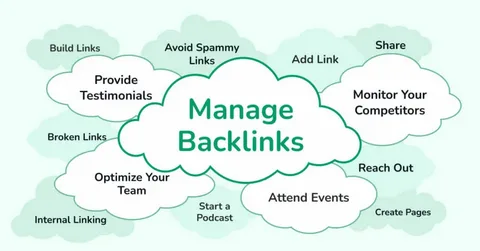
Create Link-Worthy Content
I focus on original data, in-depth tutorials, and visual assets. One study I published on website speed tests earned five backlinks from performance blogs within two weeks.
Effective Outreach and Guest Posting
Targeted outreach has worked best for me when I offered valuable content. My pitch to one marketing blog resulted in a guest post with a high-authority backlink and referral traffic.
6. Common Backlink-Building Strategies
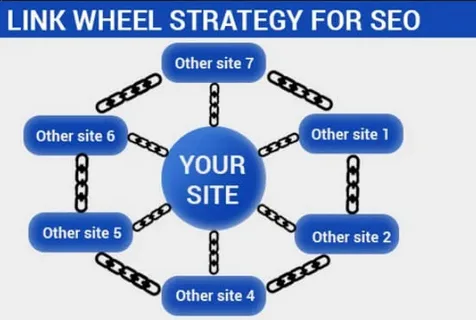
Guest Posting
Writing helpful content for other sites allows backlink placement. I’ve seen engagement and rankings improve significantly after sharing well-structured guest posts on reputable sites.
Broken Link Building
I find broken links on relevant sites and suggest links to my content. One outreach that fixed a broken resource page resulted in a backlink and a content partnership.
HARO and Digital PR
Responding to journalist queries through HARO can yield high-authority backlinks. I’ve landed mentions in niche publications this way, each one driving traffic and SEO value.
7. Backlink Myths and Mistakes to Avoid
Quality Over Quantity
One powerful backlink from a niche-relevant site is worth more than dozens of weaker links. I’ve found that focusing on high-quality opportunities has served me far better than chasing volume.
Anchor Text Over-Optimization
Exact-match anchor text used too frequently can trigger Penguin-style penalties. I recommend a mixture of anchor types—branded, phrase-based, and generic.
8. How to Check and Monitor Your Backlinks
Tools to Use
- Ahrefs, SEMrush, and Moz to track backlinks, referring domains, anchor text, and lost links.
- Google Search Console to see who links to you and which pages are popular.
Analyzing Competitor Backlink Profiles
I regularly analyze competitors to discover new link opportunities. It helped me identify niche guest posting opportunities that I hadn’t previously considered.
9. Backlinks and SEO in 2025
Are Backlinks Still a Ranking Factor?
Yes, search engines still rely on them to determine relevance and authority, although combined now with other factors like content quality and on-page optimization.
Evolving with AI and Semantic Search
Backlinks remain important, but the supporting content must be well-written, semantically rich, and aligned with user intent to get noticed by AI-driven search.
10. How I Use Backlinks to Boost SEO ROI
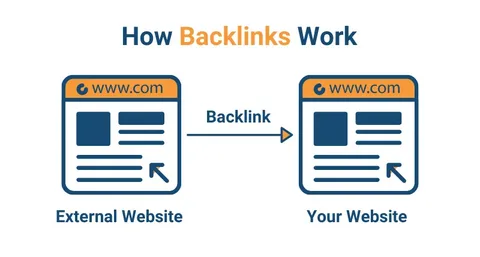
Case Study: Blog Post and Strategic Link Placements
I identified key terms, wrote an in-depth guide, and secured three quality backlinks. Within two months, organic traffic for that page increased by 150%, resulting in a clear ROI.
Case Study: Service Page Link Building
For service pages, I focused on targeted outreach to relevant directories and partner sites. Each backlink helped elevate those pages to the first page of Google.
11. Internal Links vs Backlinks
Both Serve Different Purposes
Internal links help with site structure, crawlability, and distributing authority. Backlinks build external authority and recognition.
Prioritize Accordingly
Always strengthen internal linking first before pursuing external links. Optimized internal structure has doubled referral time-on-page metrics for some posts on my site.
12. Tools and Resources for Backlink Management
Best Tools for Tracking and Opportunities
Tools like Ahrefs, SEMrush, Moz, and Ubersuggest help track links and find opportunities.
Outreach Tools and Templates
Platforms like BuzzStream, Pitchbox, and Hunter.io streamline outreach and relationship building.
Conclusion
Backlinks remain one of the strongest ranking factors in SEO. They help Google understand your authority, drive real traffic, and support your ROI, especially when earned through quality content and relationships. To make it easier:
- Focus on creating link-worthy content
- Build high-quality backlinks with relevance in mind
- Monitor and maintain your backlink profile consistently
If you want help tightening your internal structure or improving site authority, check out my Technical SEO Guide, explore On‑Page SEO Services, or learn more about measuring SEO ROI. Let’s work together to make your site stand out.
